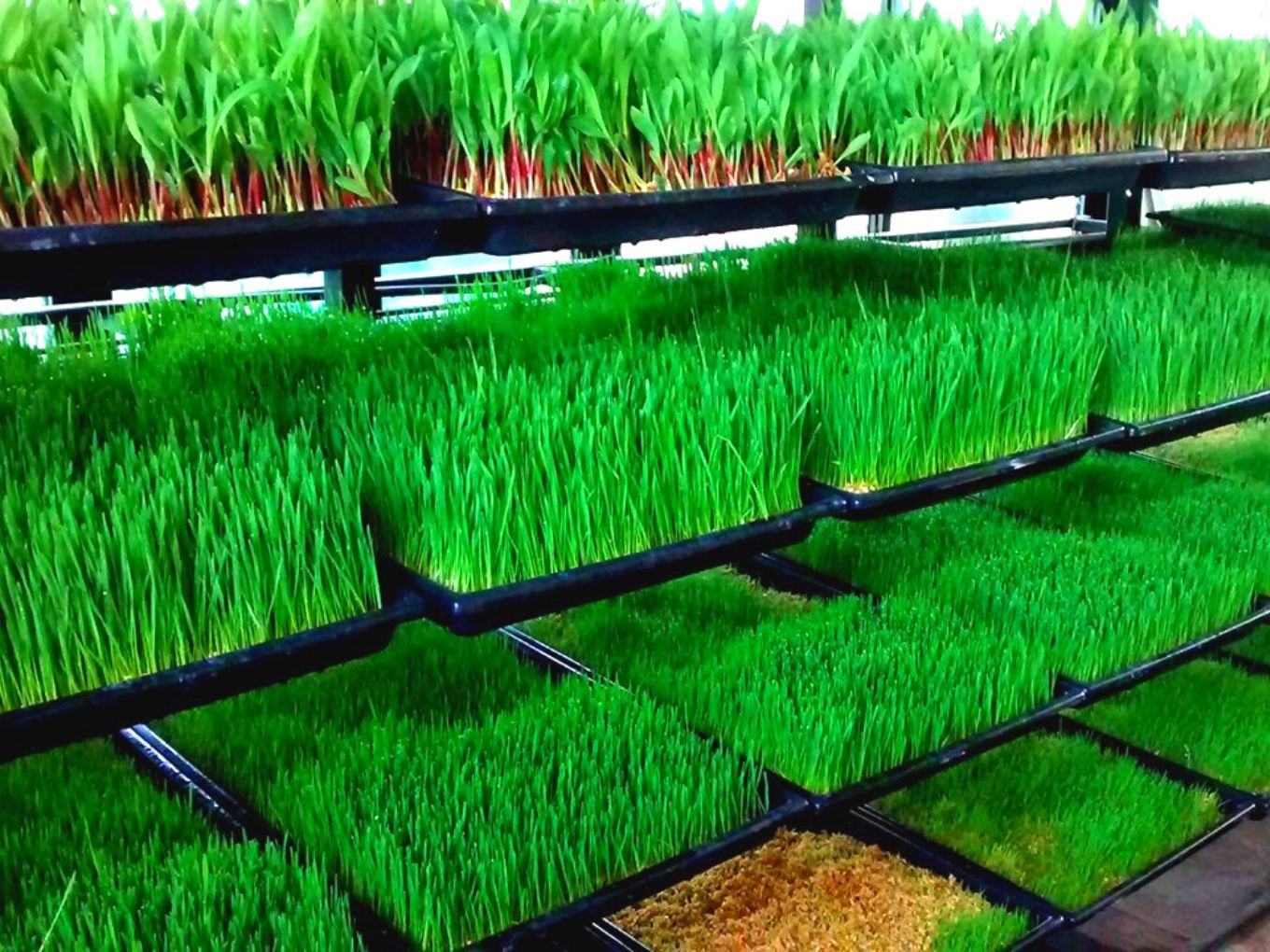Call Us (03) 5384 6742
Email To thehivelabs@gmail.com

Hydroponic Food: A New Way to Grow Veggies at Home
Are you tired of buying fruits and vegetables that have been sprayed with harmful pesticides? Do you wish to grow your own veggies but don’t have a yard? If so, hydroponic food could be the solution you’re looking for. Hydroponic gardening is a method of growing plants without soil. Instead, plants grow in nutrient-rich water, and the roots are suspended in the air. In this blog post, we’ll explore how hydroponic food works and how you can grow your own veggies at home.
How Hydroponic Food Works – Hydroponic food is grown using a nutrient-rich solution that flows through the roots of the plants. There are different techniques for hydroponic farming, including deep water culture, nutrient film technique, and ebb and flow. In all these methods, plants grow faster and more efficiently because they receive all the nutrients they need without having to search for them in the soil. Also, hydroponic plants don’t have to compete with weeds, insects, and diseases, making them healthier and more productive.
Benefits of Hydroponic Food – Hydroponic farming has several advantages over traditional farming methods. For instance, hydroponic food requires less space, water, and fertilizer than soil-grown food. Since hydroponic plants grow indoors, they are not affected by adverse weather conditions, such as droughts, floods, or extreme temperatures. Hydroponic farming is also more sustainable and environmentally friendly because it reduces soil erosion and water pollution. Additionally, hydroponic food is fresher, tastier, and more nutritious than store-bought produce because it’s picked when ripe and doesn’t have to travel long distances.
How to Grow Veggies in Hydroponics – If you’re interested to grow veggies at home in hydroponics, here are some simple steps to follow. First, choose a suitable location for your hydroponic garden, such as a spare room, a balcony, or a sunny windowsill. Next, select the vegetables you want to grow, such as lettuce, tomatoes, peppers, or herbs, that are easy to grow hydroponically. Then, purchase a hydroponic kit or build one yourself using PVC pipes, containers, pumps, and lights. The kit should include a reservoir for the nutrient solution, a growing medium, and a pH meter to regulate acidity levels. Finally, follow the instructions on how to set up your hydroponic garden, fill it with water, nutrients, and seeds, and monitor your plants’ growth regularly.
Tips for Successful Hydroponic Gardening – Like any type of gardening, hydroponic farming requires skills and knowledge to succeed. Here are some tips for successful hydroponic gardening: choose high-quality seeds and seedlings from a reputable supplier, test your water and nutrient solution regularly to maintain the correct pH and nutrient levels, provide adequate lighting and ventilation to simulate natural sunlight and prevent mold and pests, and prune your plants regularly to promote healthy growth and prevent overcrowding. Additionally, learn from other hydroponic gardeners, join online forums, or attend workshops to share ideas and experiences and get advice on how to improve your harvest.
Conclusion – Hydroponic food is an excellent way to grow healthy and fresh vegetables at home, no matter how much space you have or what the weather is like. With its many benefits, hydroponic farming is becoming more popular among urban farmers, health-conscious consumers, and sustainable agriculture advocates. Whether you’re a beginner or an experienced gardener, you can try hydroponic gardening and enjoy the rewards of growing your own food. So, why not give it a try and see how hydroponic food can change your life?